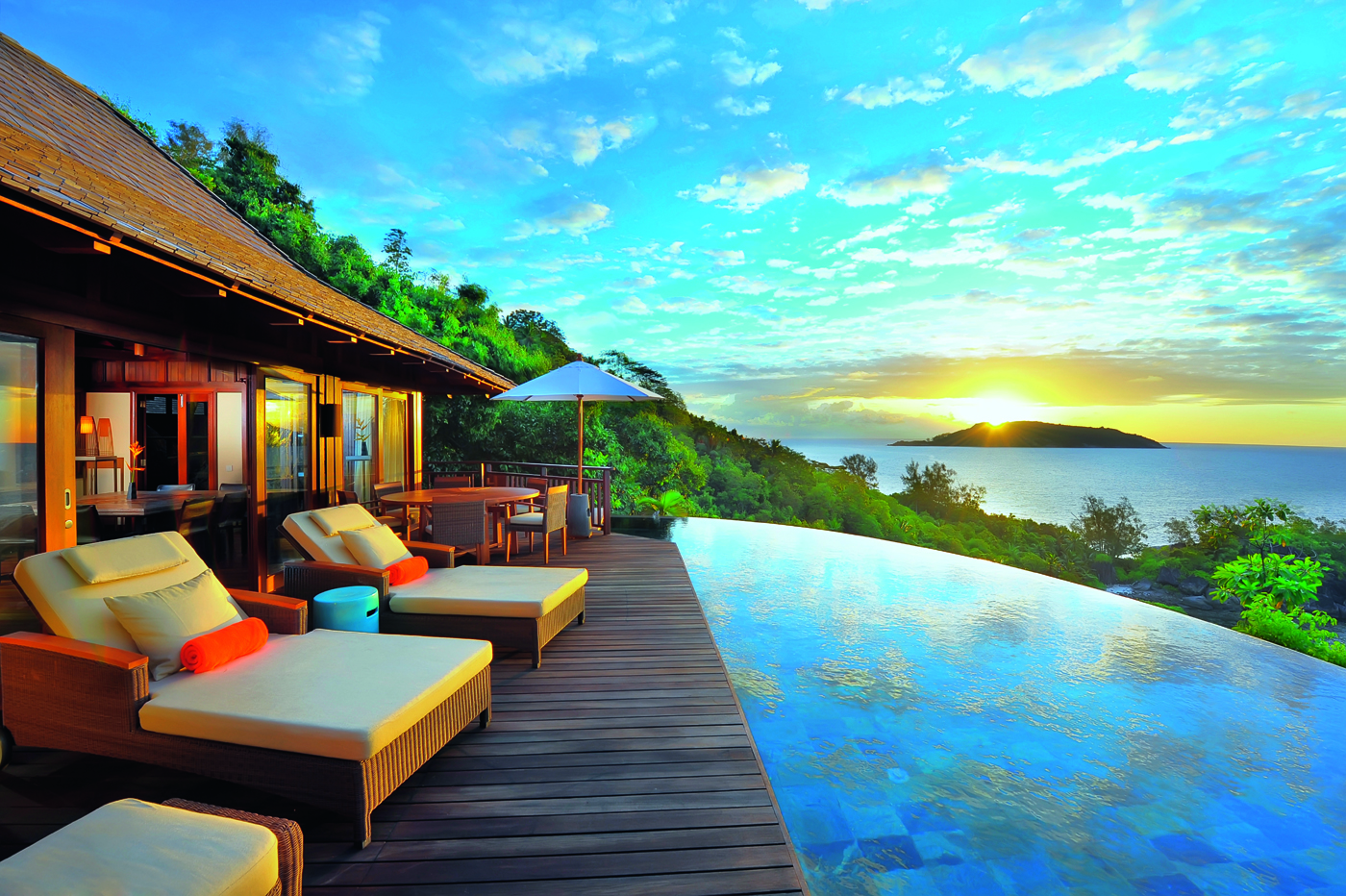Brazil, officially the
Federative Republic of Brazil, is the largest country in both South America and Latin America. As the world's fifth-largest country by both area and population, it is the largest country to have Portuguese as an official language and the only one in the Americas.Bounded by the Atlantic Ocean on the east, Brazil has a coastline of 7,491 kilometers (4,655 mi) It borders all other South American countries except Ecuador and Chile and covers 47.3% of the continent's land area.Its Amazon River basin includes a vast tropical forest, home to diverse wildlife, a variety of ecological systems, and extensive natural resources spanning numerous protected habitats.
The climate of Brazil comprises a wide range of weather conditions
across a large area and varied topography, but most of the country is
tropical.According to the Köppen system, Brazil hosts five major climatic subtypes: equatorial, tropical, semiarid, highland tropical, temperate, and subtropical. The different climatic conditions produce environments ranging from equatorial rainforests in the north and semiarid deserts in the northeast, to temperate coniferous forests in the south and tropical savannas in central Brazil.
Many regions have starkly different microclimates
.
An equatorial climate characterizes much of northern Brazil. There is no real dry season, but there are some variations in the period of the year when most rain falls.Temperatures average 25 °C (77 °F), with more significant temperature variation between night and day than between seasons.
 |
| Angra dos Reis |
|
|
 |
| Blue Lake- Mato Grosso do Sul |












